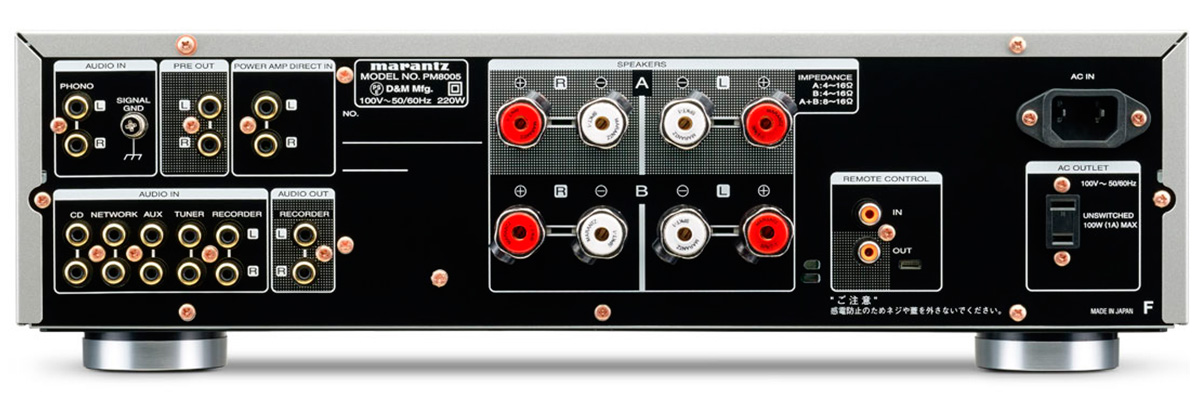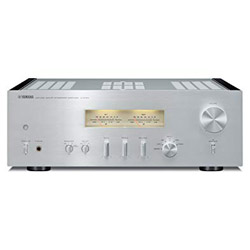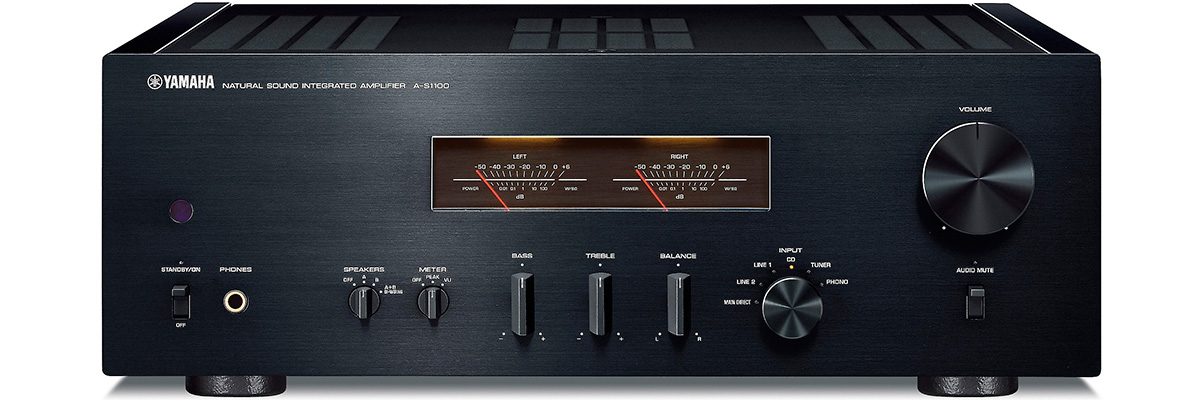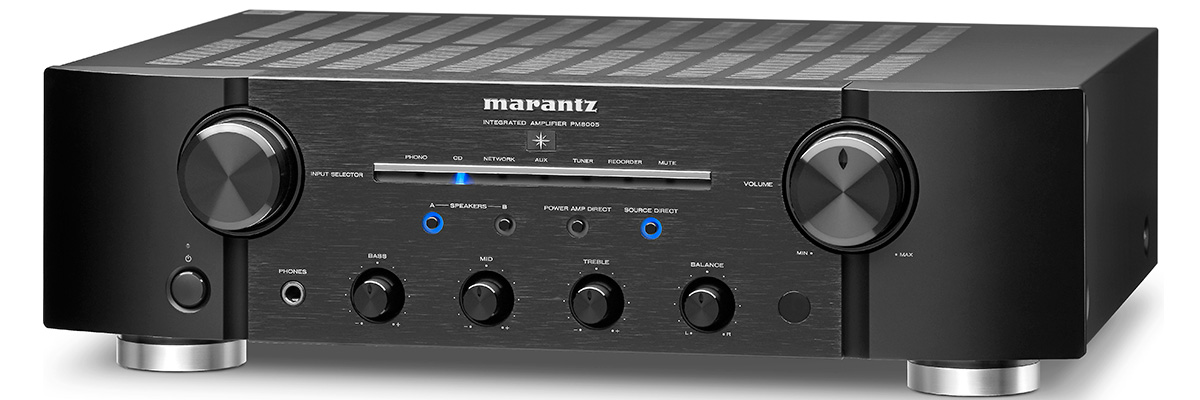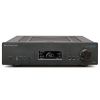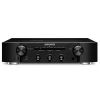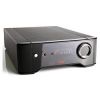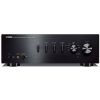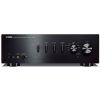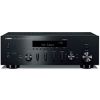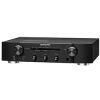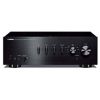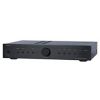Feb 28, 2020
Read More
The completely symmetric amplifier circuit includes a powerful power transformer with four large capacitors in the power supply. In the output stages, powerful MOS transistors are used. All this is based on Yamaha Floating technology, a symmetrical amplification circuit ensures that the signal circuits are separated from the chassis to avoid signal distortion caused by voltage fluctuations. On the rear panel of the A-S1100 are four pairs of gold-plated screw terminals, 3 analog RCA inputs, an input for a MM / MC pickup, a line input, recording input / output, 2 pre-outs for connecting a subwoofer, they can be used together with a second amplifier for a pair of front speakers or as headphone output. It delivers 105W (8 ohms). 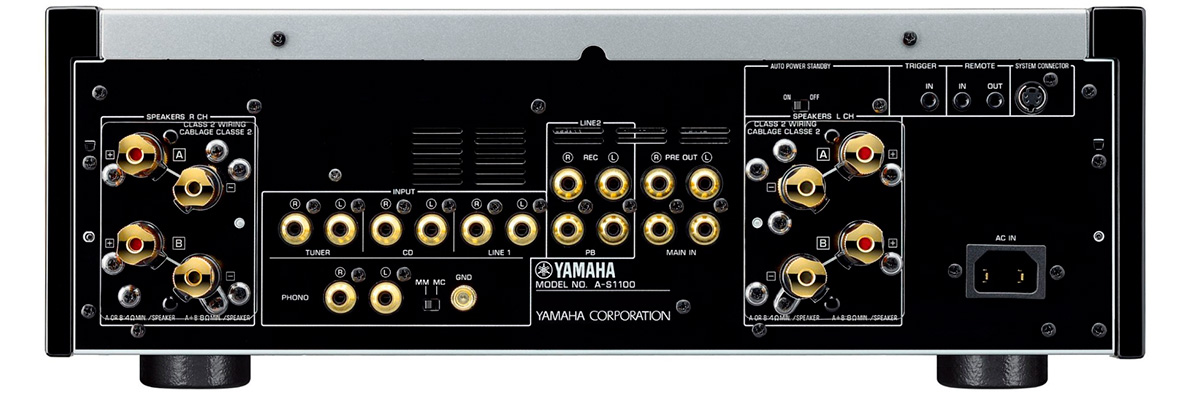
The amplifier develops the power of 35W (with an 8-ohm load), and has a symmetrical design that provides good separation of stereo channels. A custom toroidal transformer is installed in the Marantz PM8005 power supply, providing enough energy to provide dynamic sound. To eliminate electromagnetic interference, which can negatively affect the quality of audio circuits, the transformer is placed in a double screen. The source rectifier is built on high-speed Schottky diodes, and components of the audiophile class are installed in the sound circuit of the device. 